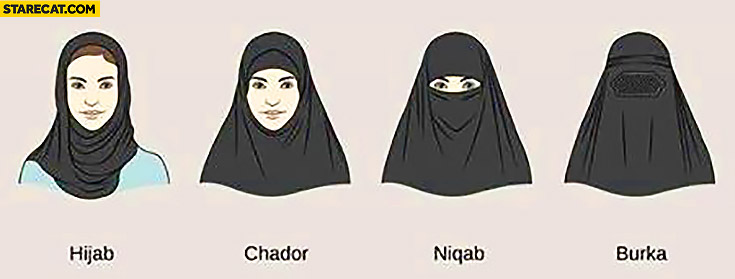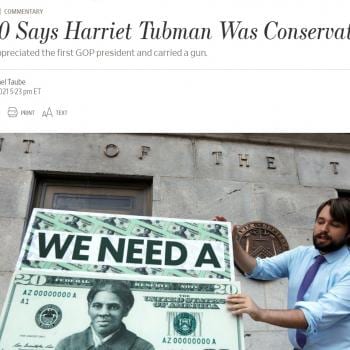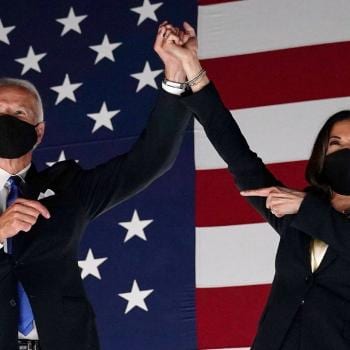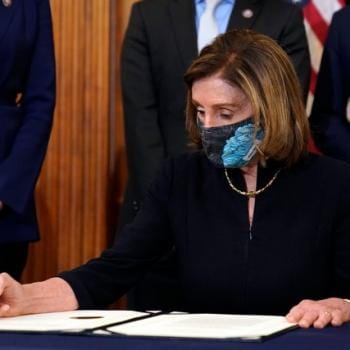
So you’ve read my objections to burka bans and burkini bans. You get my point that banning the veil (whether burkas or the hijab) can keep women out of public spaces, and that that’s a bad thing. But you’re still uncomfortable. When you see a woman wearing a niqab you assume that her male relatives must be forcing her to dress that way. You want to help her, but you don’t know what you can do. If banning clothing you feel is restrictive and oppressive isn’t the answer, what is? What can you do to help these women?
I should start out by making it clear that you cannot tell from looking at a veiled woman whether she is veiling through her own free choice or because her male relatives are forcing her to. There are feminist Muslim women who wear the hijab and lead independent, fulfilling lives. Can a woman be an empowered feminist and wear a burka? I really have no idea, but I do know that we have no business policing women’s clothing choices either way. The point I’m trying to make is this: When you see a Muslim woman wearing the veil—whether it’s a hijab or a burka, or something in between—try not to assume there is coercion involved, because there honest-to-god may not be.
Okay, you say, fair enough. But isn’t there, sometimes, especially in conservative immigrant communities? What do we do about women who are forced to veil, or coerced into it? How do we help them? I’ll tell you how we don’t help them: by banning the veil in public. If a woman’s partner is forcing her to veil and veiling is banned in public, what are the odds that her partner will let her go in public without the veil, as opposed to ordering her not to go out in public? Limiting women’s choices by dictating their clothing style does not help them. And it doesn’t matter if those imposing the limits have good intentions.
What does help? Increasing women’s options! Making sure that women and girls who wear the veil are comfortable attending school will help increase their educational attainment. Ensuring that workplaces are friendly to women who wear the veil will help these women become wage earners and advance in their careers. Clearly, both of these things rest on making sure that women who wear the veil are comfortable going out in public to begin with, whether it be to a store, to a movie, to a community event, or to a local government meeting.
If women have financial independence and are comfortable existing in the greater community that surrounds them—if they are secure in their ability to make their own way and aware of their rights—they will gain confidence in their personal lives and be better placed to stand up against an abusive partner or male relative. In contrast, if women are pushed out of public life by burka bans and ever-present discrimination, if they feel feared and unwanted by those in the greater community in which they exist, they will be more dependent on their husbands and male relatives and thus more vulnerable to coercion and abuse.
In other words, if you want to ensure that women only wear the veil out of their own free choice, and not because they’re coerced into doing so, you should do everything you can to accommodate women who wear the veil and to make them feel wanted and included. Rather than judging the veil, you should accept it in your school, your workplace, your community function. Judgement of the veil benefits those who would coerce women into wearing it. Acceptance of the veil ensures that women have options and, ultimately, the ability to make their own decisions about what they wear (which, remember, may include choosing to veil).
I have a Patreon! Please support my writing!










